Council members of Pangti,Ashaa and Sungro villages with Wildlife Trust of India and the Natural Nagas and Natural Nagas representatives after the signing of the MoU for the conservation of the Amur falcons in 2013. (File Photo)
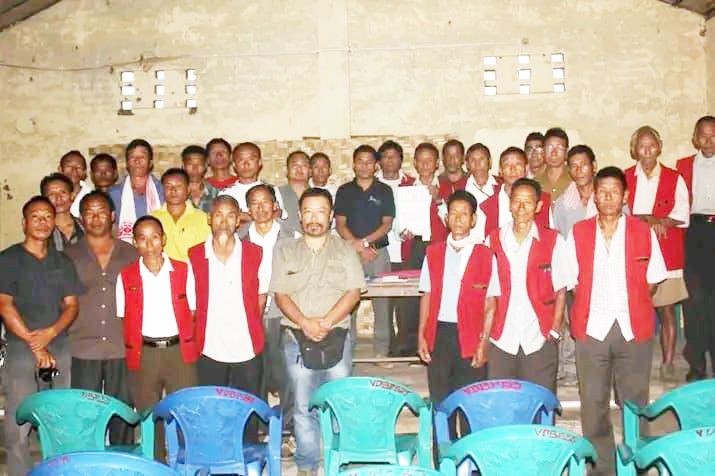
Meribeni T Kikon
Wokha | December 5
Pangti village in Wokha, Nagaland, is today famous as an Amur falcon roosting site, but there was a time when the village earned notoriety for killing the migratory birds it today protects.
It was 2012 when it attracted negative press for unhindered trapping and killing of the roosting birds.
But things took a positive turn as conservation efforts gained ground spreading awareness among the locals that eventually led to the village pledging to protect the birds.
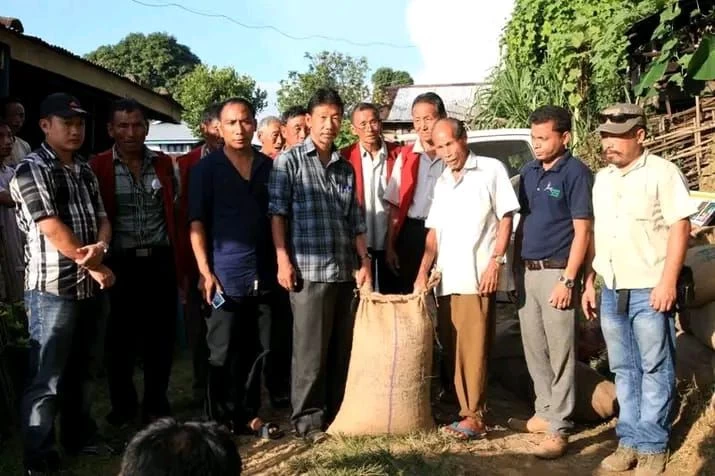
Today, the Pangti Village is considered as an Amur falcon paradise, while earning Nagaland the sobriquet— Falcon Capital of the World.
Every year, thousands of Amur falcons descend in the Pangti area around mid-October, going on to roost for weeks before taking off to their next destination by the third week of November.
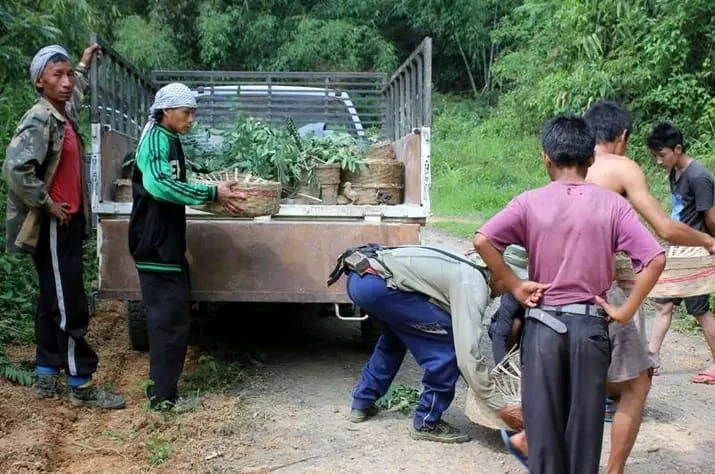
The shift from hunting to preservation was affected in part by the efforts of wildlife enthusiasts, among which was Steve Odyuo, who is credited for initiating the first serious conservation efforts on the ground.
According to Odyuo, who runs The Natural Nagas, a wildlife conservation organisation active since 2012, lack of awareness was one of the primary reasons for the unrestrained hunting then. Filling the awareness gap motivated him and like-minded individuals to take the initial steps. They had no conservation background but were into wildlife photography, a hobby that gradually helped generate awareness among the people. They also made good use of the media, including social media.
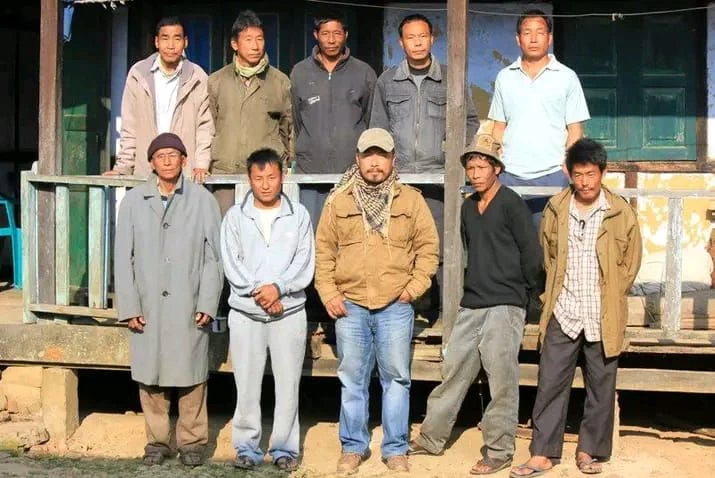
“We were not conservationists or biologists, but we felt the need of filling in the gap as there was no one to protect the migratory birds,” he said.
The Natural Nagas went on to partner with the Wildlife Trust of India to launch a project called the RAP (Rapid Action Project). It served as an “entry point” to further their conservation agenda.
Under this project, they took up activities to ease the human-elephant conflict in the Pangti area. The strategy involved compensating paddy fields destroyed by wild elephants, of which include a ‘Grain for Grain’ scheme through which rice was distributed as relief to affected farmers.
They gradually started building rapport with the community to follow up with another project around 2012-13. It was called ‘Bird for Bird,’ under which poultry was given to hunters and landowners in exchange for stopping hunting of the Amur falcons.
They then tied up with the reformed hunters to form protection or ‘Patrolling squads,’ members of which were paid wages. Roosting sites were identified as protected areas, while farmers and landowners alike were encouraged to identify and preserve plantations where the Amur falcons roosted.
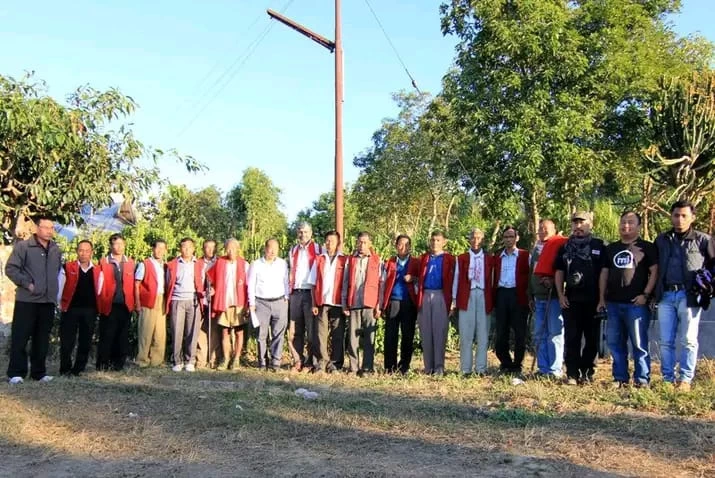
In tandem with these activities, they launched mass awareness campaigns across Wokha district. They roped in churches and schools, in the vicinity of the roosting sites, in collaboration with the state Forest Department.
Odyuo regarded the signing of a ‘Memorandum of Understanding (MoU) for the Conservation of the Amur Falcons’ as one of the most significant occasions in their journey to protect the migratory birds. The MoU, inked in 2013, involved the village councils of three villages— Pangti, Ashaa, Sungro on side and the Wildlife Trust of India and the Natural Nagas, on the other.
“That was how the community started to realize the importance of protecting the falcons,” he said.
He added that Wokha is endowed not just with organic vegetables and fruits, but also with remarkable wildlife, which includes elephants and endangered Black SoftShell Turtles. The latter is categorised under the “Extinct in the Wild of the Red List of Threatened Species” by the International Union for Conservation of Nature. He placed emphasis on stronger collective focus towards preservation of the entire ecosystem.






